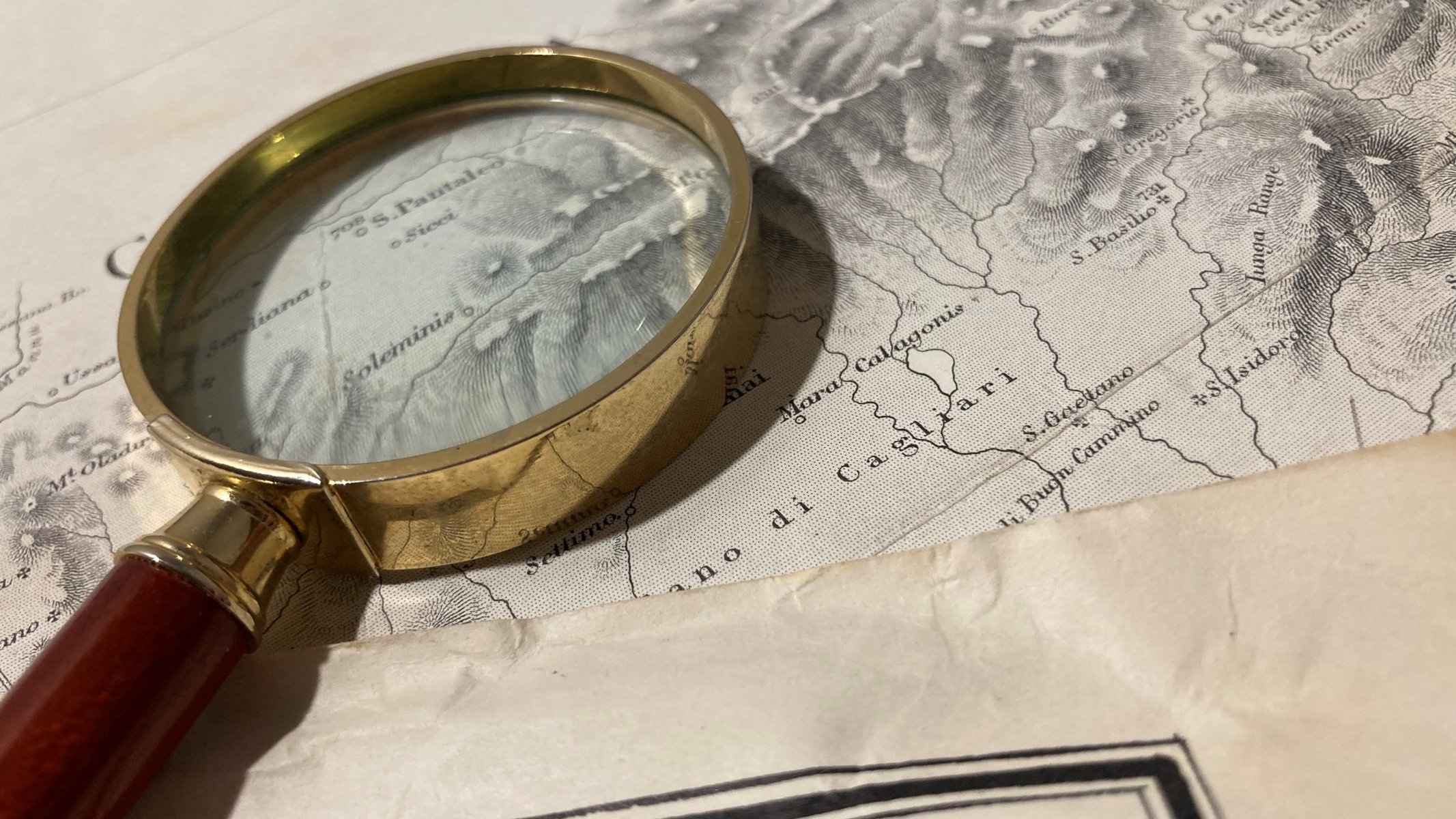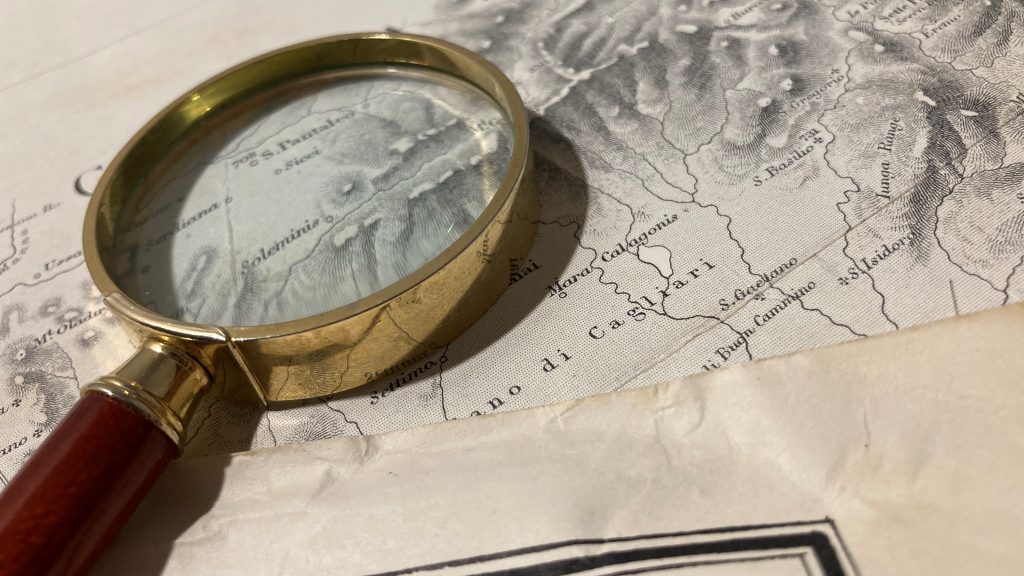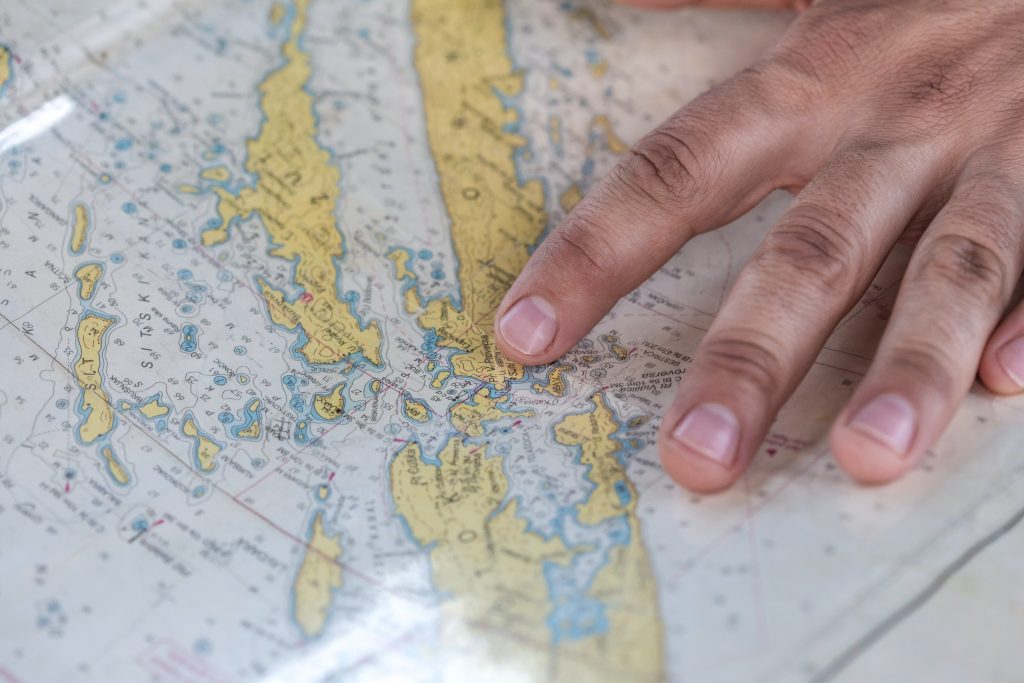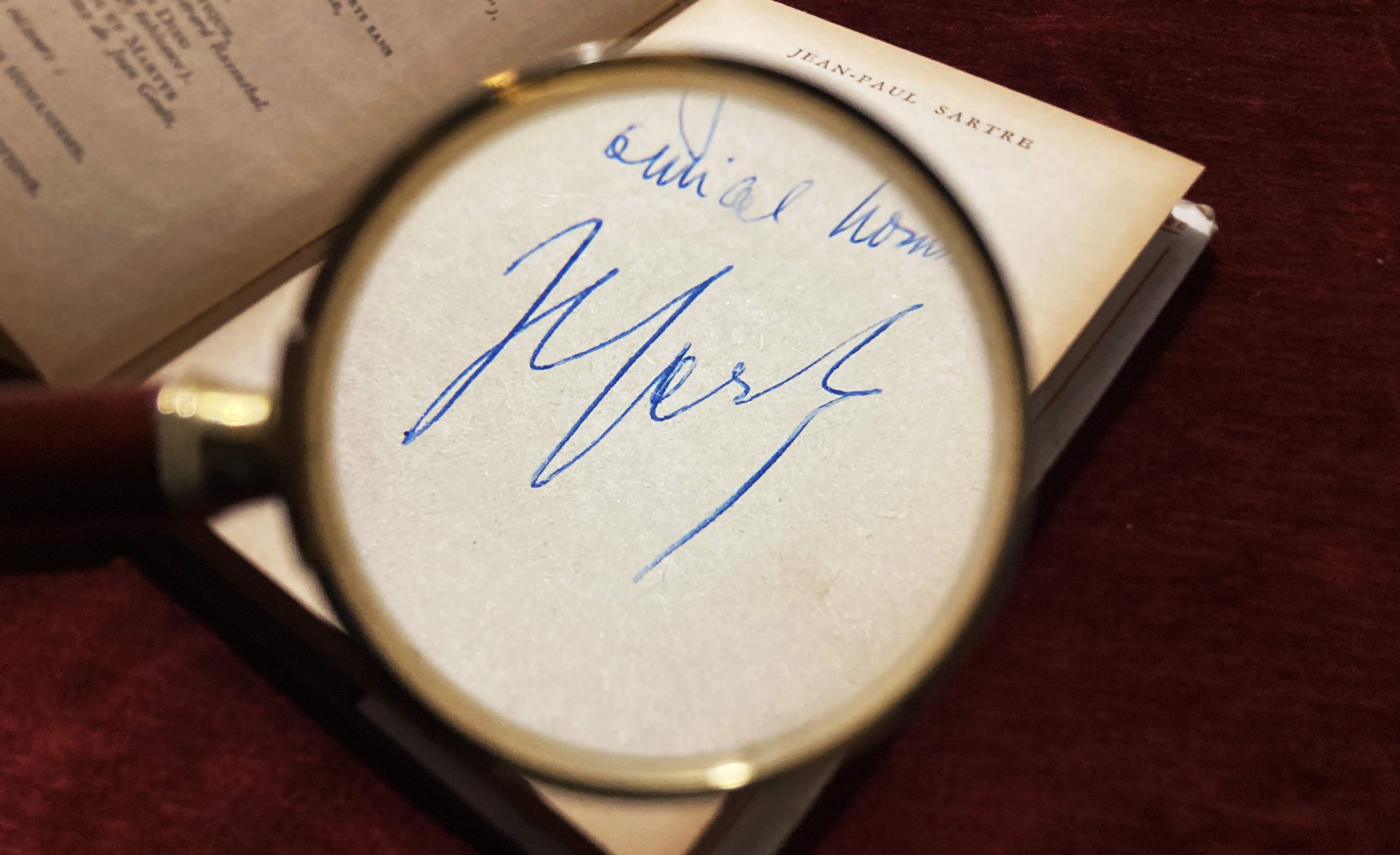Collecting Nautical Charts: A Guide for Enthusiasts
Nautical charts, also known as sea charts or navigation charts, have been an essential tool for sailors and navigators for centuries. They provide detailed information on the topography of the ocean floor, including depths, shoals, and navigational hazards, making them indispensable for safe and efficient navigation.
Maps, on the other hand, are general-purpose geographical representations that show land masses, political boundaries, and other physical and cultural features. Both charts and maps are used to represent geographical information, but they are specifically designed for different purposes. Whereas maps are static, charts are dynamic and meant as a working document.
Collecting nautical charts can be interesting for several reasons. Firstly, they represent a unique type of information, specific to the needs of marine navigation and not typically shown on regular maps. Secondly, nautical charts have a long history, with some of the earliest known charts dating back to the 15th century. This means that nautical charts can offer a glimpse into the history of maritime navigation and the evolution of chart-making techniques over time. Finally, nautical charts can also be aesthetically appealing, with many featuring beautiful hand-drawn illustrations, calligraphy, and intricate details. For those who have a passion for maritime history or the sea, collecting nautical charts can be a fascinating hobby. Here are a few tips to get started.
Determine your focus
While some believe maps have more aesthetic value and look at charts with some disdain for their practicality, there are more reasons to collect them than you may think. Do you want to collect charts from a specific region or time period? Or are you interested in charts that have a historical significance, such as those used by famous explorers or during significant events like wars? Having a clear focus will help you focus your collection and avoid overspending.
Research
Learn about the different types of nautical charts and their history. Read books and articles on the subject, and seek out experts who can provide insights and guidance. Here are some books and articles about the history and different types of nautical charts:
Books:
- “Historical Sea Charts: Visions and Voyages Through the Ages” by Katherine Parker
- “The Sea Chart: The Illustrated History of Nautical Maps and Navigational Charts” by John Blake
- “Voies Oceanes: Cartes marines et grandes decouvertes” by Mireille Pastoreau
Articles:
- “The history of nautical charts” by BSH (Bundesamt für Seeschifffahrt und Hydrographie)
- “Nautical Chart Fundamentals” by the Nautical Almanach
- “Nautical Cartography: The making of a NOAA nautical chart by NOAA (National Oceanic and Atmospheric Administration)
Note: These resources provide comprehensive information on nautical charts, their types, uses, and history. They are a good starting point for anyone interested in learning more about this topic.
Find sources
Look for charts at local antique shops, online auction sites, and through specialized dealers who specialize in nautical charts. You can also search for charts in archives and libraries, or visit museums that have collections of nautical charts and maps. Here, we listed for you a few websites that host online auctions for nautical charts:
- eBay (www.ebay.com) – a popular online marketplace that often has nautical charts available for auction.
- Bonhams (www.bonhams.com) – a well-known auction house that sometimes has nautical charts up for auction.
- Skinner (www.skinnerinc.com) – a leading auction house that specializes in a wide range of collectibles, including nautical charts.
- Christies (www.christies.com) – a world-renowned auction house that sometimes has nautical charts for sale in its nautical and scientific instruments sales.
- Paddle8 (www.paddle8.com) – an online auction platform that features auctions of rare and unique items, including nautical charts.
Note: These are just a few examples, and the availability of nautical charts at any given auction may vary. It is always a good idea to check the websites regularly and sign up for notifications to be informed of any upcoming auctions that may interest you.
Evaluate condition
When buying charts, consider the condition of the chart and its age. Charts that are older may be more valuable to collectors, but they may also vary drastically in their condition.
Tips on evaluating the condition:
- Check for tears, holes, or other physical damage to the paper.
- Look for any signs of discoloration, fading, or staining.
- Check for any missing or incomplete information, such as labels, symbols, or annotations.
- Look for any signs of water damage or mold.
- Check the overall quality and legibility of the printing, including any fading or deterioration of the ink.
Note: These tips are general guidelines for evaluating the condition and preserving nautical charts. The specific needs of your charts may vary depending on their age, condition, and other factors, so it is always a good idea to seek advice from a professional conservator or librarian if you have questions or concerns.
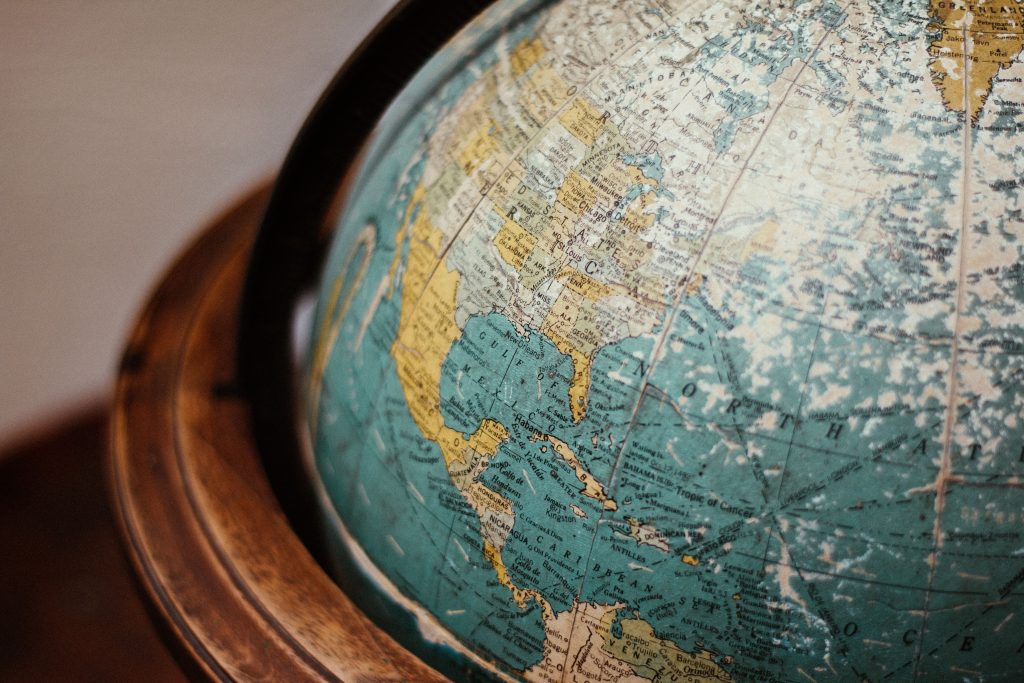 Take care of your collection
Take care of your collection
Nautical charts are often made of paper and are susceptible to fading, yellowing, and damage. Nowadays, waterproof charts are not that unusual. Nevertheless, collectors usually look for charts valued for their age or historical significance. Needless to say, these paper charts sometimes come with finer print and require some special tendance.
Tips on preserving nautical charts:
- Store charts in a cool, dry place, away from direct sunlight and sources of moisture.
- Use acid-free materials, such as folders, boxes, and sleeves, to protect charts from physical damage and deterioration.
- Handle charts carefully and avoid touching the surface, as oils from your hands can cause damage over time.
- Do not fold charts or bend them excessively, as this can cause permanent creasing and damage.
- Consider having charts professionally cleaned and restored if they are in poor condition, as improper restoration can cause further damage.
Collecting nautical charts can be a rewarding and educational hobby, providing a window into the history of seafaring and navigation. Whether you’re a sailor, a maritime historian, or simply a lover of maps and the sea, nautical chart collecting is an enjoyable and fascinating pursuit.
Thank you for reading. You can check out our collection of nautical maps here.

